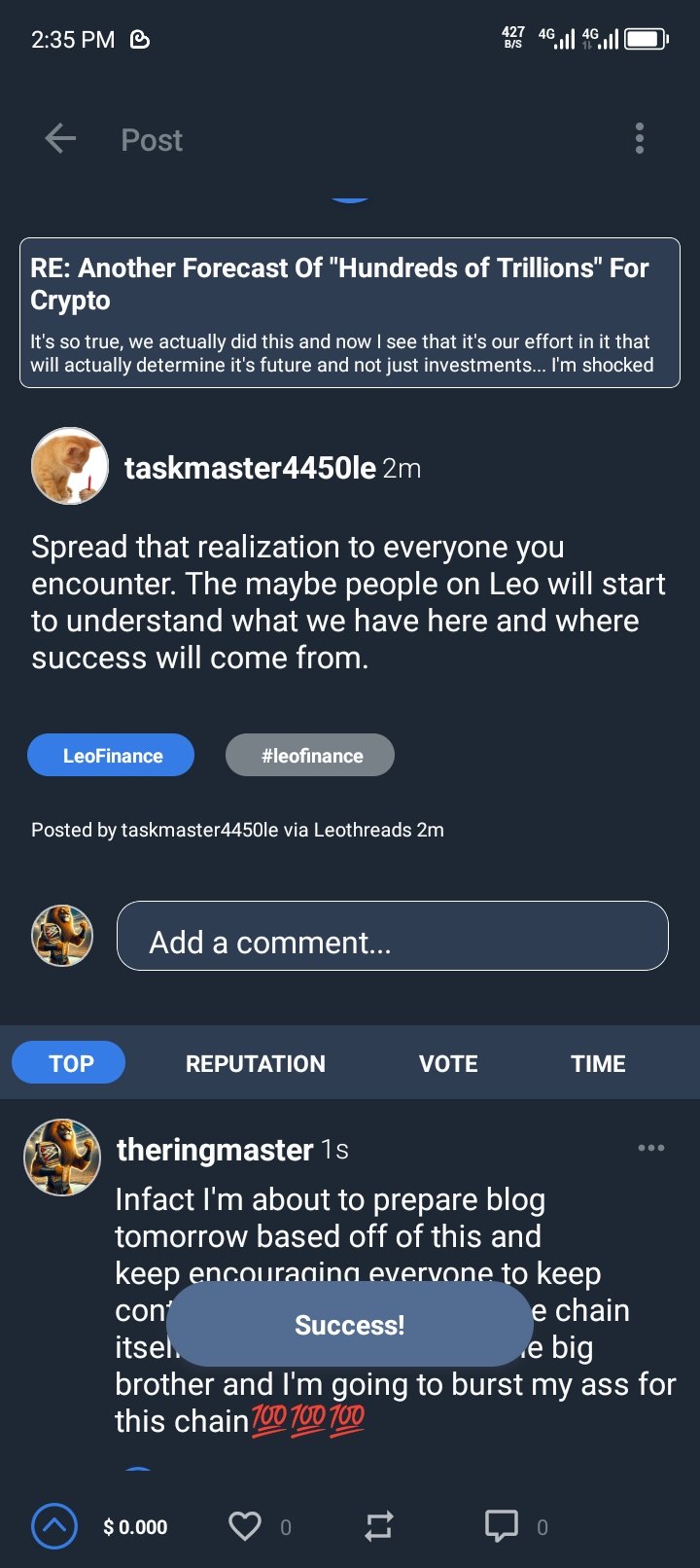We are beginning to see a few forecasts emerging regarding the potential market capitalization of cryptocurrency. Over the last week, we covered a couple of them where "hundreds of trillions" was tossed around.
The conclusions reached are logical. Some take the viewpoint of real world assets (RWA) while others are interested in the digital creation. Both are likely to have a major part in the overall impact of blockchain as a ledger.
However, we see many overlook the most potent aspect to all of this. There is a layer that is already worth trillions yet is not captures. Real world assets might not be on-chain but the value is captured. The conversion to blockchain is simply one of friction removal, making things less expensive while also potentially having assets liquid.
Simply put, this doesn't generate much new value, proportionately speaking. For example, if real estate is liquid, what will it add? The removal of friction could make the market 5%-10% bigger. Of course, this is a huge number when we look at the global real estate market.
That said, we have another area that is not captured, hence is freshly accrued value.

Image generated by Ideogram
Social Tokens Are Going To Be Worth Trillions
How much is the social layer worth?
This is an impossible question to answer. At the moment, nothing is really captured here. When we look at interaction, the system misses a huge component of value.
For example, what is value of Disney's social layer? How about Tesla's? The Office? Marvel Comics? Star Wars?
In other words, what is fandom worth?
The way this is commonly answered is by looking at the revenues generated. When the owner of the series The Office licenses it out, because it is more popular, it might command more money than Bob Vila's home improvement show.
Franchises such as Star Wars are quantified not only by the films but merchandising, conventions, and video games related it.
There are two problems with this:
- This approach misses a great deal of the value. In fact, it really doesn't capture the value which is still there. It is only focusing upon the monetization.
- The fans (users/customers) are not financially benefitting. All "network effects" are going to the companies behind this. It is how the system is designed.
Here is where social tokens change things completely.
Social Tokens Capturing Entire Ecosystems
When investing in a company, we usually have two main approaches.
We can either buy the stock or debt. These are the two avenues available to people when they enter the markets. Of course, both carry with them different means of return while also providing assorted rights inherent with the asset.
Neither of these capture the value of the social layer.
Web 3.0 changes the entire spectrum of the design by providing a means for quantifying the social layer. Suddenly, fandom has value and, more importantly, can be captured in a tradeable unit.
This means that being a fan has value. Naturally, this was always known as the owners of sports teams and broadcast networks could tell you. Nevertheless, we are looking at a shift in the "attention economy".
Monetization of the social layer means already existing value is pumped into the global economy. People who spend their time engaging in activities out of passion instantly are on a different footing. We are dealing with another form of business interaction.
For example, we could see this value eligible for use as collateral on loans. Consider the idea that your love for the Marvels helps to secure a mortgage. Tokenization provides asset ownership.
Everything is eligible which makes the potential enormous. Whatever people have an interest in can be tokenized since that is a social layer.
Once this concept is embraced, consider the layering that can occur.
For example, a fan of the character Luke Skywalker is also likely one for Star Wars. This means that can be applied to LucasFilms. That is owned by Disney, putting it as part of that social layer. Of course, it is sci-fi, something which one might be part of. Then we have the movie genre as a whole.
Here is a list of 5 layers where one person's interest is relevant.
An Entirely New Structure
Tokenization provides the opportunity for a completely new business structure.
The challenge I have with most analysis of crypto is people are still focusing upon things using the metrics that are prevalent today. Do we measure the gas tanks in our cars by the number of oats that fit into it? Of course not.
With technology, the most common approach is to take what we know and simply look at something as an upgrade. For example, the early personal computers were viewed simply as glorified word processors. In other words, they were digital typewriters that could save the document.
The typewriter and a piece of paper (document) were things people were familiar with. Most using those early models could not envision what the device could truly do (or what it would evolve into).
How many are doing the same thing with cryptocurrency? I would say most.
The fact that most analysis or forecasts fail to mention the social layer exemplifies how this value is overlooked. Actually, I would say few realize it even exists.
What is your fandom worth?
This is a question that is going to be the norm in the future since it will be an asset that is quantified.
We will see how long it takes for people to grasp this concept.
Posted Using InLeo Alpha

